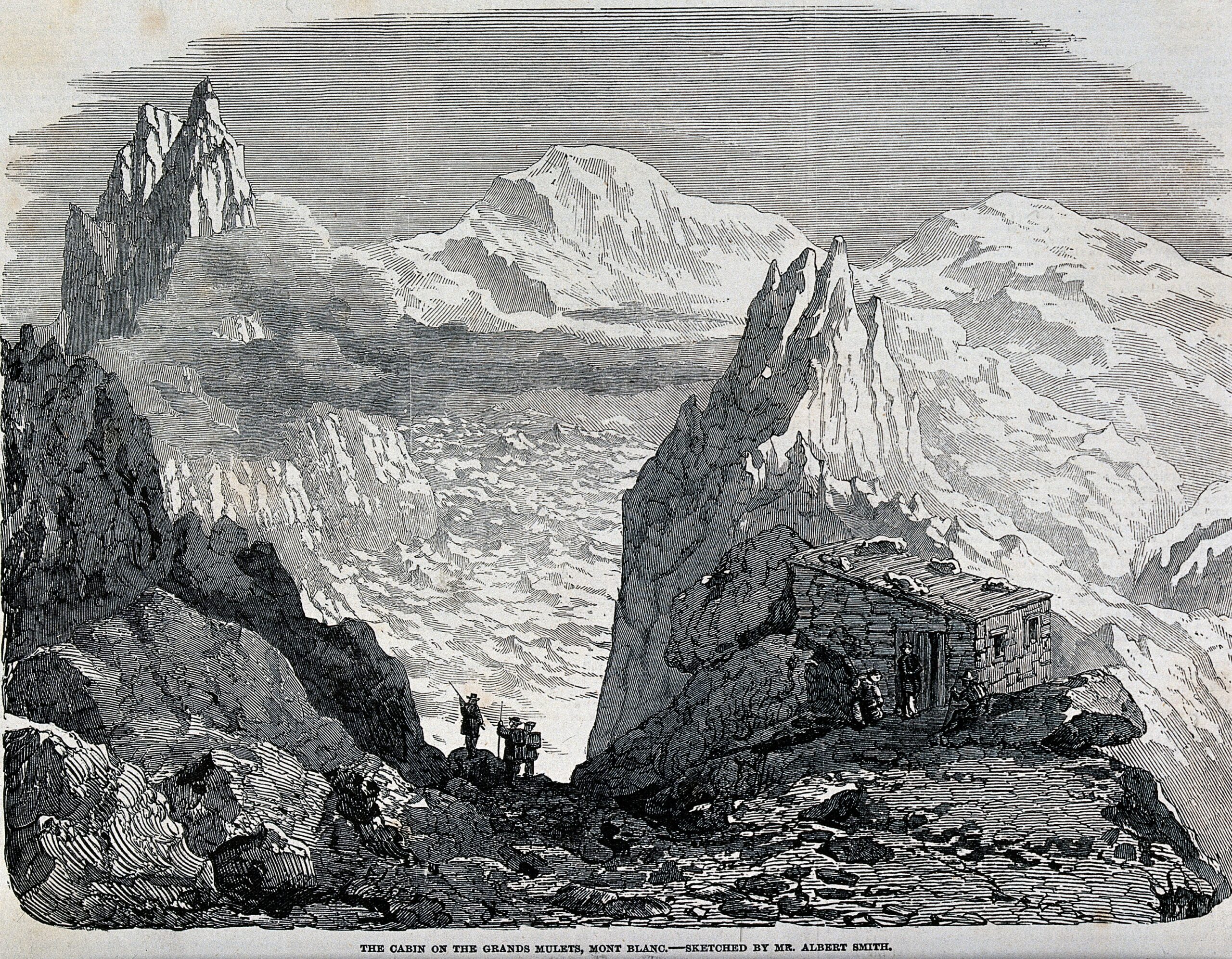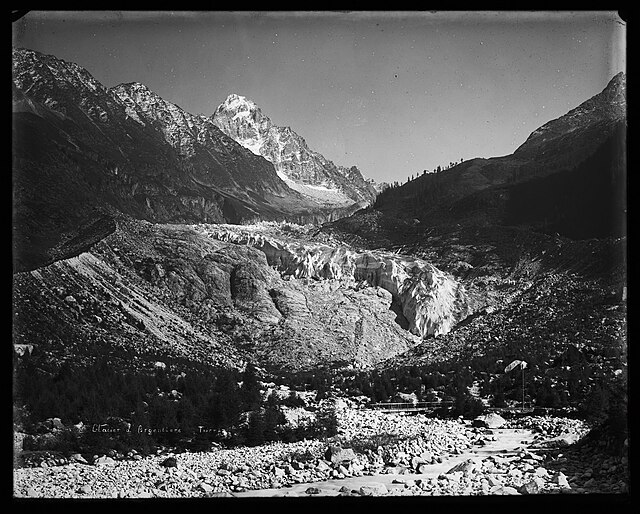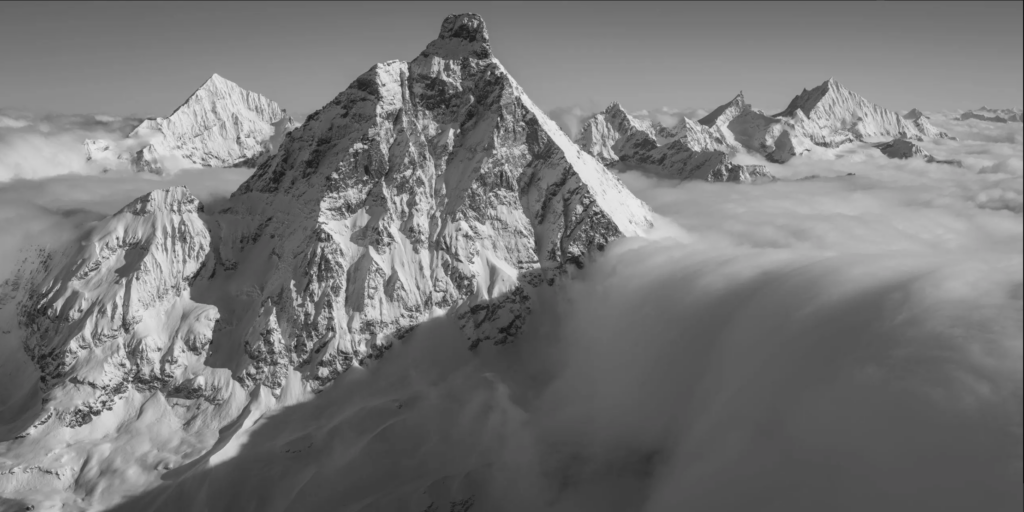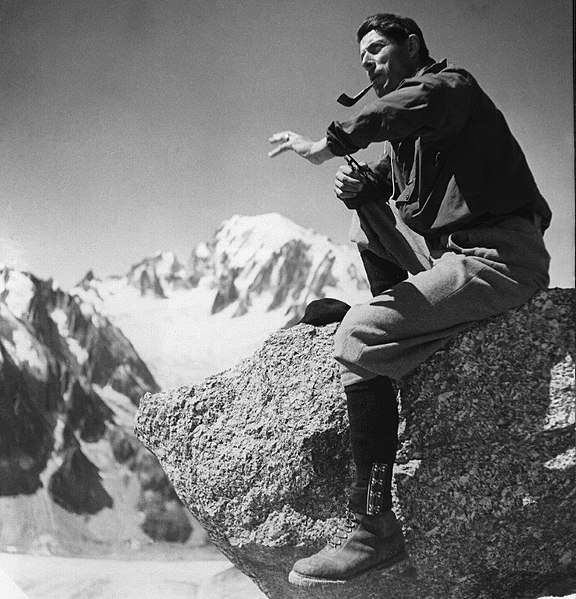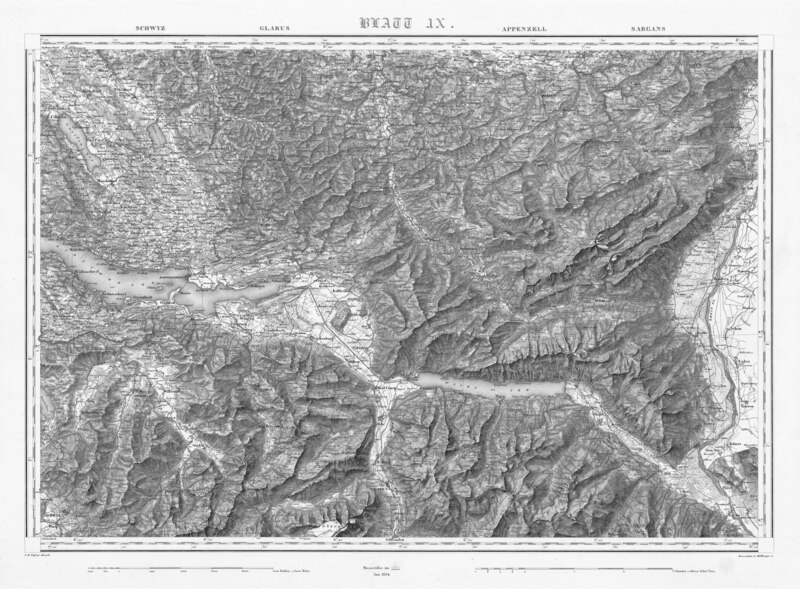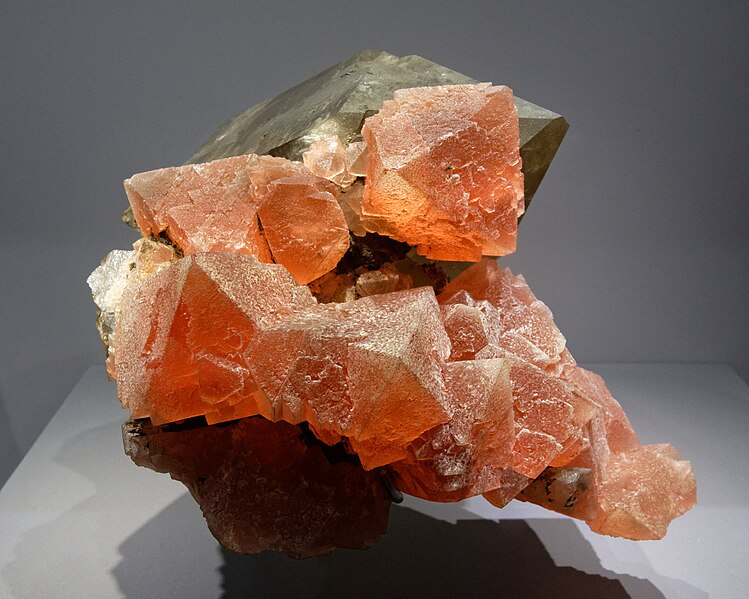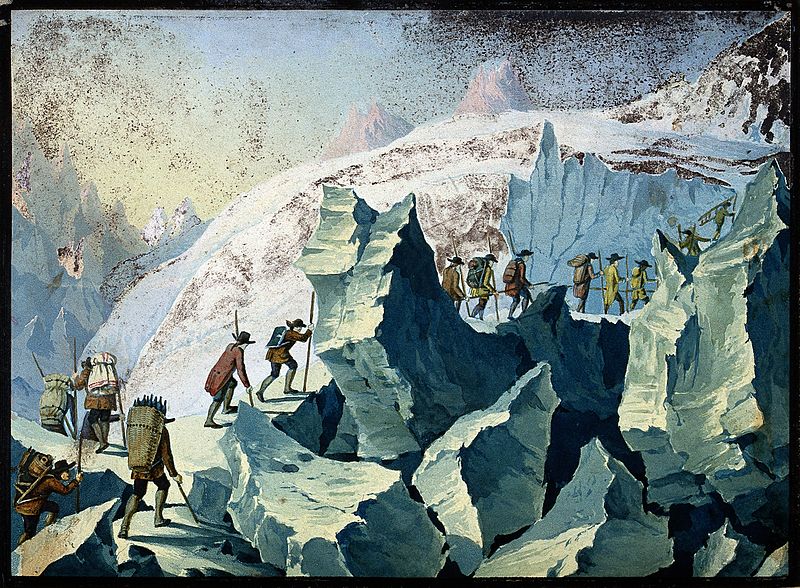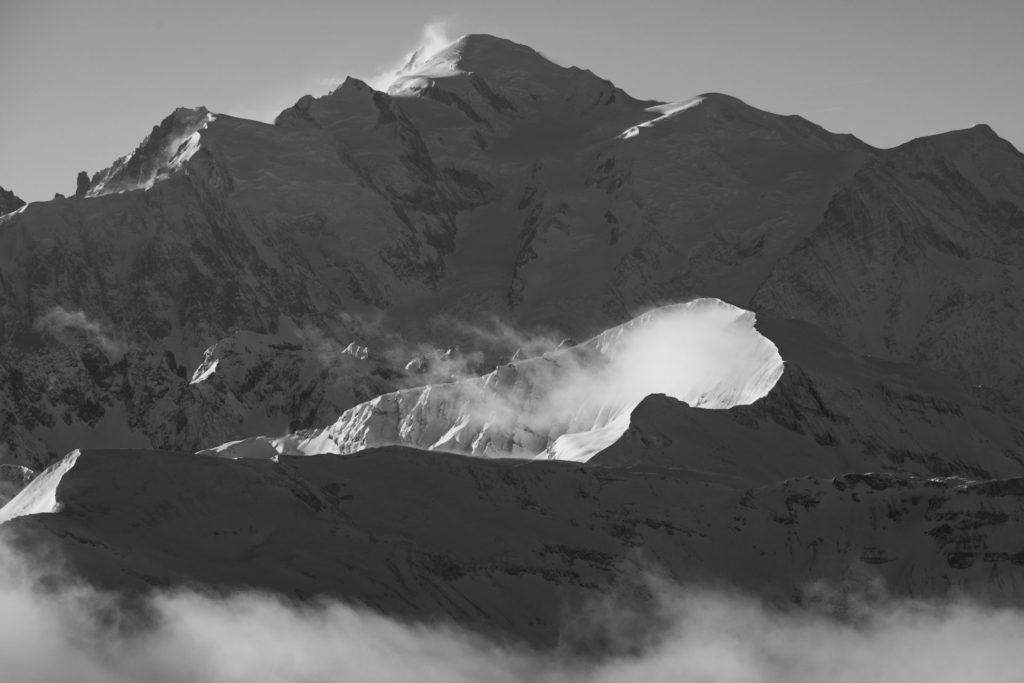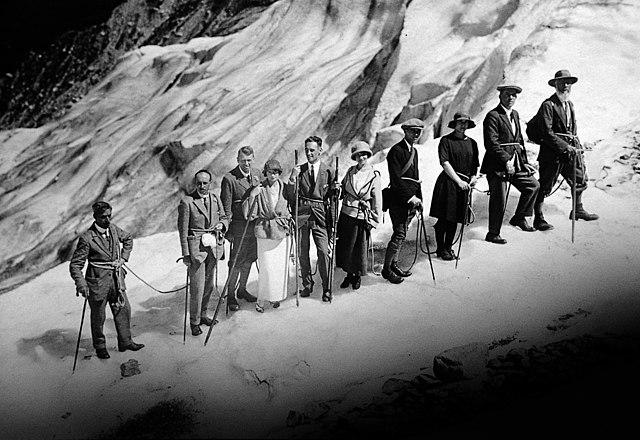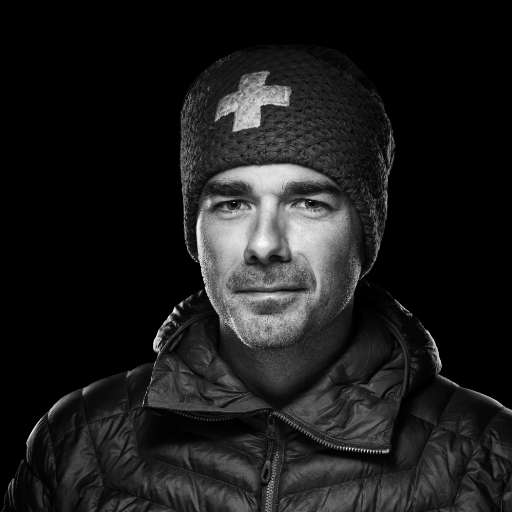From makeshift shelters to comfortable lodgings, alpine refuges have evolved over time. As landmarks in the heart of the mountains, they play an essential role in man's relationship with nature. Here, I present the story of the first mountain refuges, an Alpine feat at the gates of heaven.
History of the first mountain refuges: From the origins to the advent of mountaineering
At a time when the Alps were unexplored, only a few men ventured there, braving the cold and the dangers. Shepherds and hunters populating the valleys, crystal-makers and smugglers ply the summits to survive at their feet. At night, they protect themselves as best they can from high-altitude winds, frost and nocturnal fauna. Out of odds and ends, they build rough shelters out of wood or stone. Sometimes, nature offers them the warmth of a rock shelter. On a mountain flat, a rock protects them from the elements. To enclose the space, they built a low stone or wooden wall, depending on the materials they found nearby. Throughout Antiquity and the Middle Ages, men spent their nights safely on the mountainside.
Later, hospices were built on the Alps' busiest passes to accommodate travelers. As early as the 11th century, a hospice was built on the Great St Bernard Pass. Passers-by could rest there for at least a few hours. During the Middle Ages and Renaissance, living conditions in the high mountains improved. Alpine houses sprang up where the elements were known to be at their mildest, sheltered from winds, rockfalls and avalanches. Built with stones harvested locally, these shepherd's huts, now refuges, were soon made up of materials transported by man or mule. Over time, they grew in size and structure. Visitors could sleep, rest, eat and cook. They are not guarded and their design is still rudimentary, but under their roof, men recuperate in complete tranquillity.
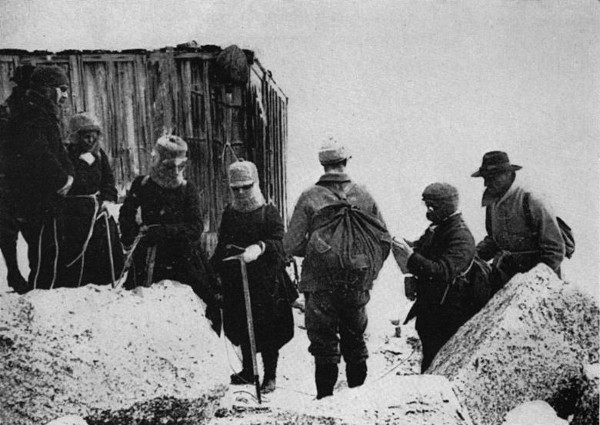
Construction of the first alpine refuge: a high-mountain feat
Between 1856 and 1860, Alpine refuges were reinvented under the impetus of Napoleon1st. On his death, the former emperor bequeathed part of his fortune to the Hautes-Alpes departmental administration to build six refuges between France and Italy. The huts were built in strategic locations on the Agnel, Izoard, Lacroix, Manse, Noyer and Vars passes. These one-storey buildings built of stone masonry welcomed merchants and travellers for the night. They were more like border checkpoints than high mountain refuges.
The history of alpine huts is closely linked to that of mountaineering. In order to conquer the highest summits, mankind needs to ensure that there are places to fall back to. Alpine havens where he can stop, rest and regain his strength. So it was that Horace Bénédict de Saussure had a stone hut built at Les Grands Mulets, on the route he planned to take to climb Mont Blanc in 1787. It was on the site of this rough shelter that the oldest alpine refuge was built in 1853. Building a hut of this size at such a high altitude was no mean feat. Owned by the Compagnie des Guides de Chamonix at the time, the first Grands Mulets refuge ushered in a new era. It contributed to the evolution of man's approach to the high mountains.
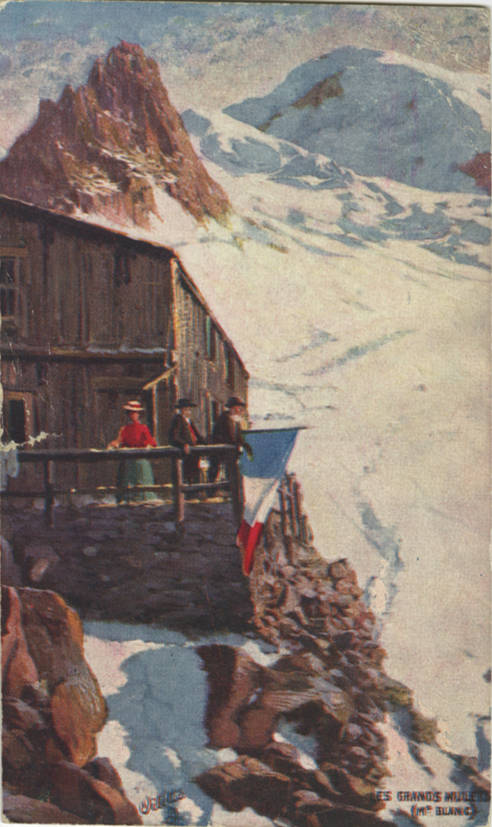
History of the first mountain refuges: Alpine club huts
Buoyed by the worldwide craze for mountaineering, the Swiss Alpine Club was founded in 1863, and the French Alpine Club in 1874. Mountain refuges sprang up along the access routes to the highest summits in the Alps. Built at high altitude, sheltered from avalanches, they were located close to a water resource, such as a glacier. Their thick stone masonry or wooden framework is usually protected by plank cladding and a timber frame.
At the time, alpine refuges had a unique room. Rectangular in shape, it offers visitors a rest area of around 35 m2. A real innovation, a wood-burning stove now heats the entire refuge, greatly enhancing the well-being of its occupants. One corner of the room is set aside for cooking and meals, while another is dedicated to resting. Ten to twenty bunks are available to accommodate a maximum number of climbers, despite the small size of the refuge. Architecture, materials and layout: everything has been thought out to optimize the premises and offer climbers the best possible comfort. Essential to the development of mountaineering and tourism, mountain refuges spread throughout the Alps in the 19th century.
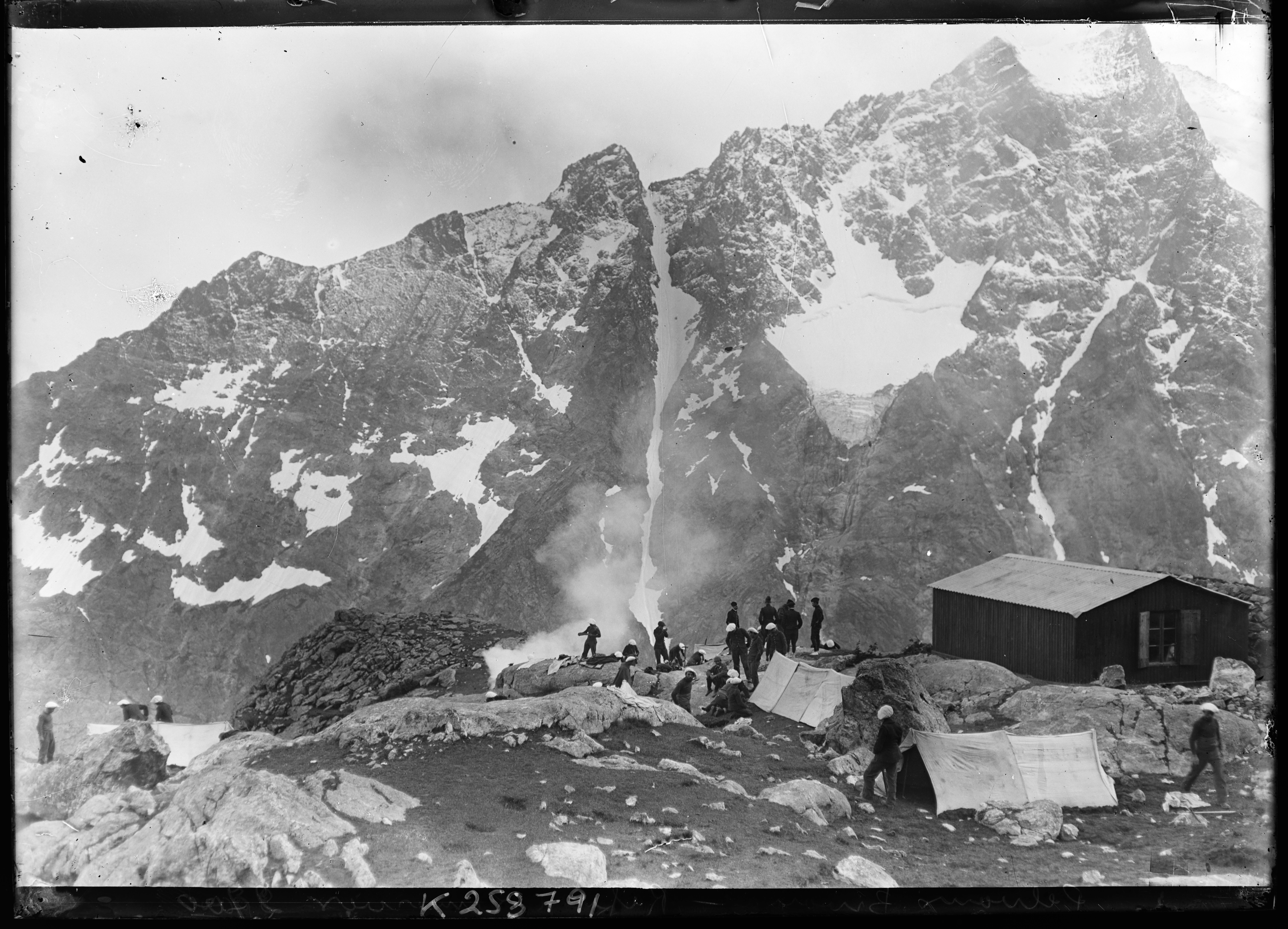
The first mountain refuge wardens
But where man lives, shadow is never far from light. As the number of alpine refuges increases, mountaineers flock to the high mountains. Damage is on the increase, as is looting. It became impossible for alpine clubs to leave their most popular huts unattended. A guarding system was set up throughout the summer in the most popular refuges. The presence of guards in the refuges guarantees the integrity of the buildings and the safety of all concerned. It also leads to the establishment of a catering service at altitude and an information center for visitors.
History of the first mountain refuges: the comfort of chalet-hotels
At the end of the 19th century, the considerable expansion of tourist and holiday resorts in the Alpine valleys led to the construction of the first chalet-hotels in the high mountains. These ever larger and more sophisticated refuges were built on sites that were popular with the public, or at the start of the most famous mountaineering races. Architects and engineers took charge of their construction. The first huts of this kind were built of stone masonry and roofed with industrial materials. Then, with the development of winter mountaineering, it became necessary to improve the insulation and waterproofing of these refuges, which were now accessible during the cold season. Thermally efficient materials were favored: multi-storey timber frames, bitumen, isorel and aluminum.
These new mountain refuges can accommodate several dozen mountaineers and hikers every day. Covering an area of several hundred m2 on at least two levels, they offer visitors a warm and spacious living environment. Entrance, kitchen, dining room, separate dormitories for men, women and mountain guides: everything is designed to enhance the stay of the travelers who venture here. A janitor oversees the whole, taking care of the building's upkeep and ensuring that everything runs smoothly.
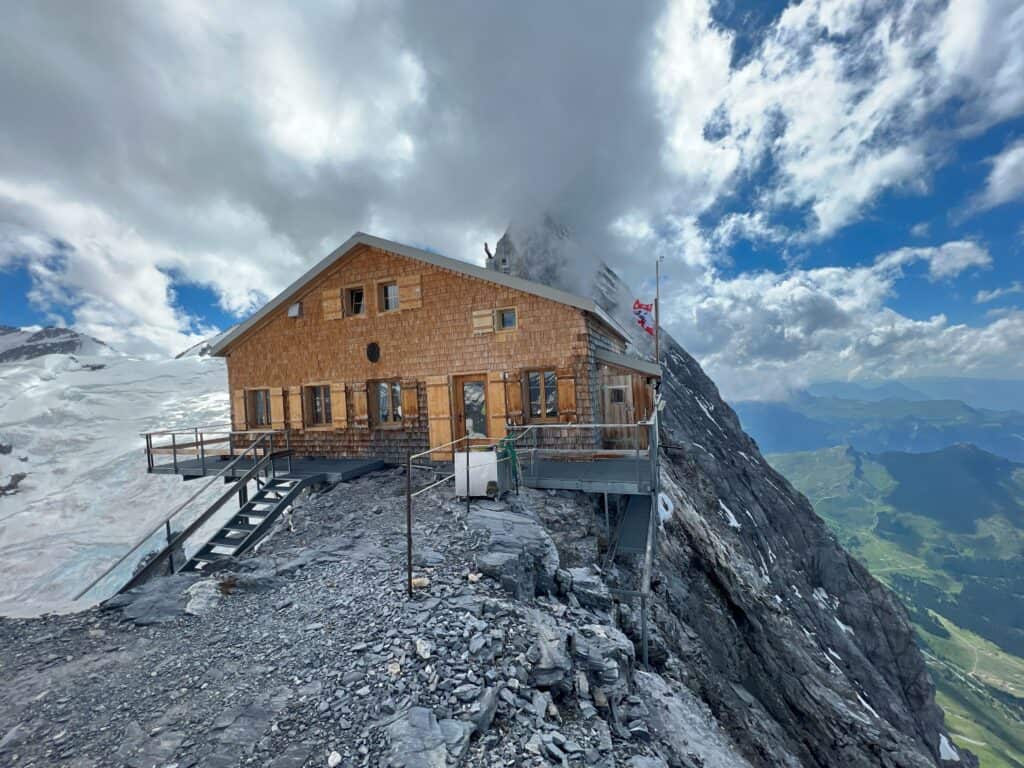
The history of mountain refuges can now be read on the slopes of the Alps. Rudimentary shelters, unguarded huts and guarded refuges highlight the growing presence of man on Europe's highest summits . National parks and municipalities manage some of these high-altitude lodgings, but most of the refuges accessible to the public are administered by alpine clubs. At the dawn of the 20th century, mountain refuges adapted to the needs of the times. Later, they would have to meet the safety, energy and environmental requirements of a rapidly changing world.
